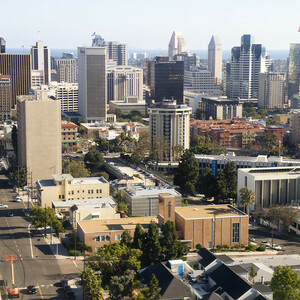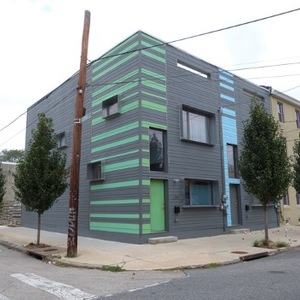
Say what you will about LEED, but it has staying power. Beyond the cloistered halls and abstruse reaches of the comments sections where green building evangelists gather, there is little in the way of sustainability speak that resonates with the average layperson more than LEED. Go ahead and mention similar standards and certifications (e.g., WELL, BREEAM, Living Building Challenge) to people outside the industry, let alone buzzwords like “circularity” and “regenerative,” and prepare to be met with blank stares. LEED, on the other hand, is the common denominator. Finer points aside, folks at least know what it represents. How appropriate then that, at long last, the U.S. Green Building Council (USGBC), the non-profit body that oversees LEED (Leadership in Energy and Environmental Design), is now poised to release a version of the certification system that’s on par with what the going public demands: greater accountability.
On the heels of this year’s Greenbuild Conference, held last month in Washington, DC, and the USGBC’s newly published report on embodied carbon, co-authored with RMI, the fifth iteration of LEED (LEED v5) was officially debuted. This version of “the world’s most widely used green building rating system” is, according to its authors, designed to advance “decarbonization, equity, health, biodiversity, and resilience in the built environment.”
All sounds good. But this begs the question: what was missing beforehand?
According to Wes Sullens, USGBC’s director of LEED and one of the co-authors of “Driving Action on Embodied Carbon in Buildings,” quite a bit. “We felt the rating system really needed an update, to be more relevant to today’s kind of market and more scalable,” Sullens says. Past criticisms of LEED for existing buildings, Sullens concedes, have focused on the system’s preoccupation with tallying scores that perhaps didn’t represent a building’s…
Weekly Newsletter
Get building science and energy efficiency advice, plus special offers, in your inbox.

This article is only available to GBA Prime Members
Sign up for a free trial and get instant access to this article as well as GBA’s complete library of premium articles and construction details.
Start Free TrialAlready a member? Log in














One Comment
Justin,
Thanks for the balanced overview.
For myself, when I read things like this, I cringe.
"“There’s a behavioral aspect to LEED,” he says. Certification prerequisites have policies, and within LEED v5 there’s a mandate that such policies must be communicated to all building occupants. “You can’t just have a policy and put it on a shelf,” he says. “It’s important for everyone in that building to know they’re in a LEED building, and what the opportunities are to improve its performance.”
Log in or become a member to post a comment.
Sign up Log in